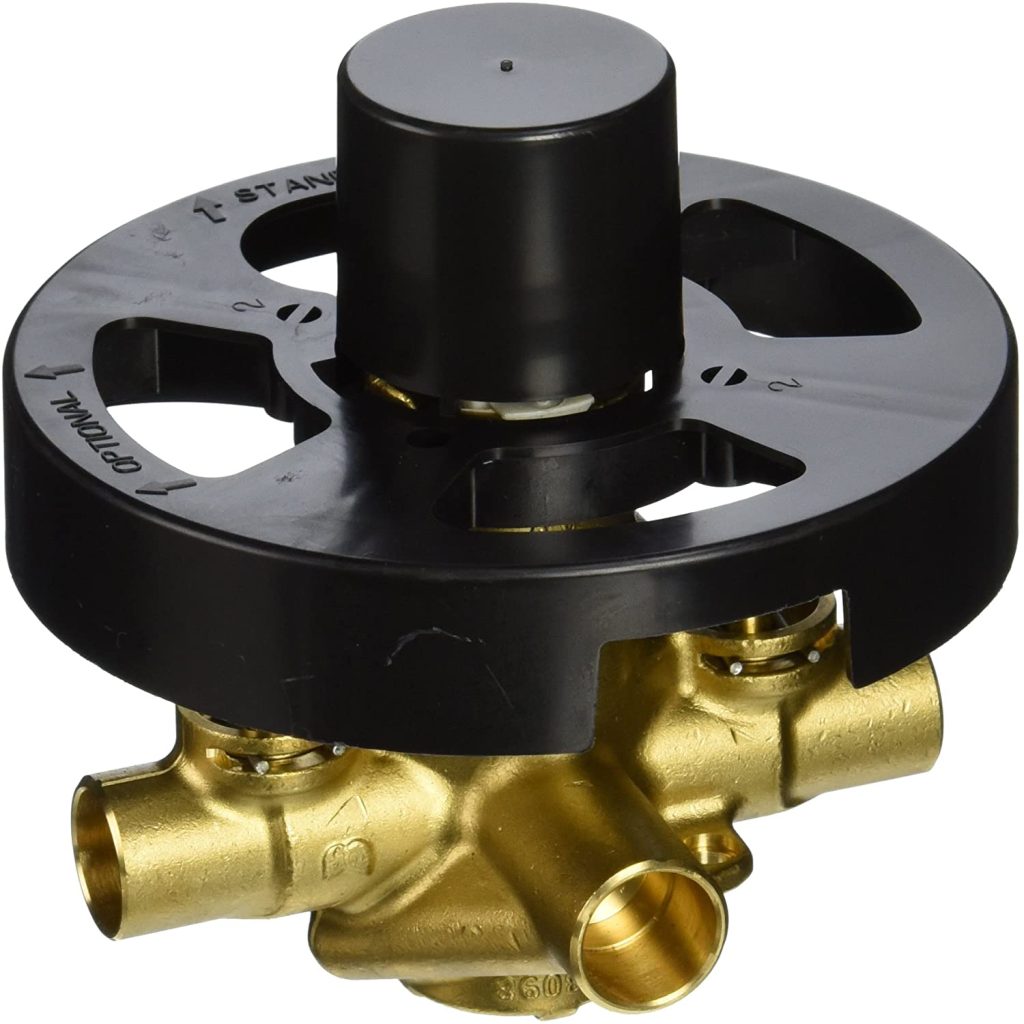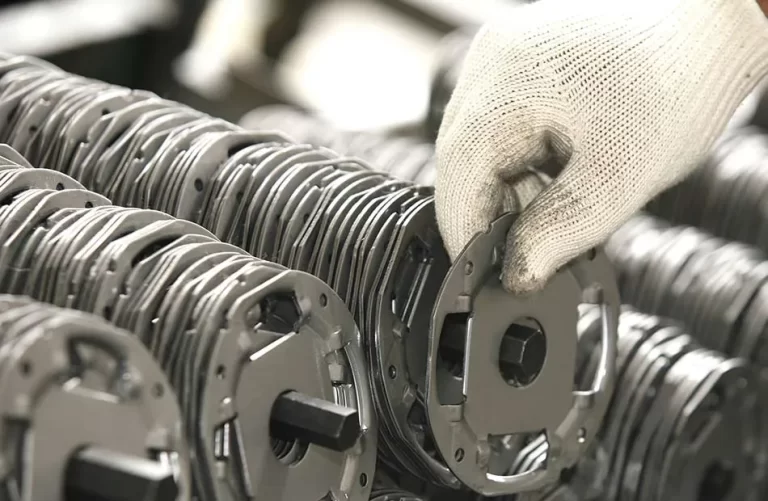The Definitive Guide to Reciprocating Saws: Mastering Your Tool
Reciprocating saws are indispensable tools known for their versatility in cutting through various materials. Whether you’re a DIY enthusiast or a professional contractor, understanding how reciprocating saws work and their applications can significantly enhance your project efficiency and outcomes.

Understanding Reciprocating Saws
A reciprocating saw, also known as a sabre saw or sawzall, is a handheld power tool that uses a push-and-pull motion of the blade to cut through materials like wood, metal, plastic, and masonry. It’s characterized by its straight blade and powerful motor designed for aggressive cutting tasks.
Key Features of Reciprocating Saws
Reciprocating saws typically feature a variable speed trigger for precise control, a pivoting shoe to stabilize the tool during cutting, and a quick-change blade system for easy blade swaps. They come in both corded and cordless varieties, catering to different power and portability needs.
Applications of Reciprocating Saws
Reciprocating saws excel in demolition work, such as cutting through walls, pipes, and nails. They’re also used for trimming tree branches, cutting metal pipes, and shaping construction materials. Their versatility makes them indispensable on construction sites and in home renovation projects.
Choosing the Right Reciprocating Saw
When selecting a reciprocating saw, consider factors like power source (corded vs. cordless), stroke length (longer strokes for faster cutting), and ergonomic features (comfortable grip, vibration reduction). Assessing your typical projects and the materials you’ll cut will help determine the best saw for your requirements.
Conclusion
Reciprocating saws are powerful tools designed to handle tough cutting jobs across various materials. From demolition tasks to precise cuts, understanding their features and applications can make a significant difference in your project efficiency. Whether you’re a professional tradesperson or a DIY enthusiast, investing in a quality reciprocating saw can enhance your productivity and versatility on the job site.
Integrating tools like reciprocating saws with innovations like geocomposite drains ensures efficient project management and high-quality results in construction and renovation projects.


